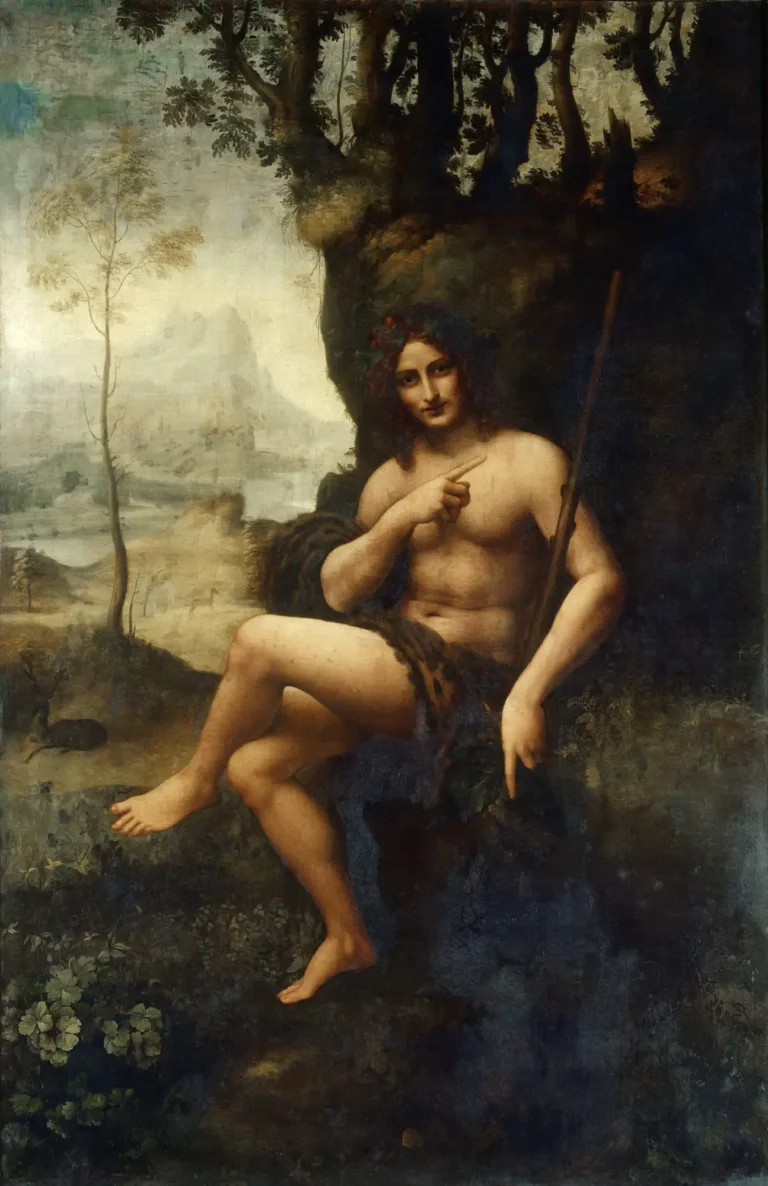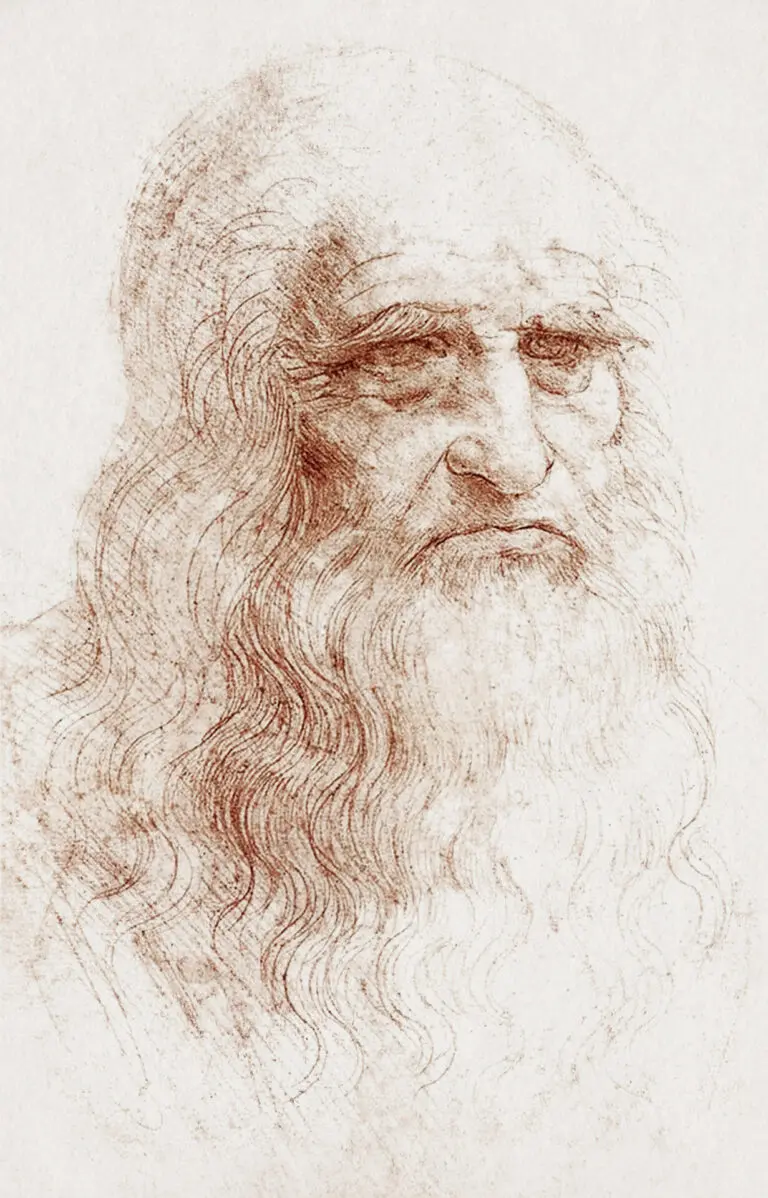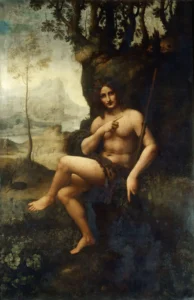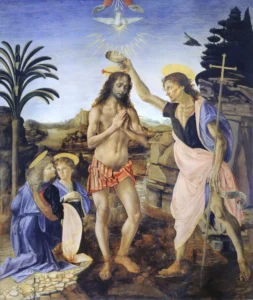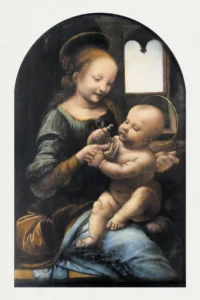Bacchus
The painting Bacchus represents a blend of artistry and historical complexity, originally created between 1510 and 1515. Initially depicting Saint John the Baptist, the work underwent significant alterations in the late 17th century to transform it into a representation of Bacchus. This change not only exemplifies the collaborative essence of Da Vinci's workshop but also showcases a unique model—Salaì—recognized for his androgynous allure, which enhances the enigmatic charm of the piece.
1510 - 1515, Late 17th Century
About the Artwork
Bacchus is a fascinating piece that reveals the evolution of a singular artwork across different eras. Initially intended to depict Saint John the Baptist, its transformation in the late 17th century highlights a shift in interpretation, where it was clad with elements relating to Bacchus, complete with ivy and a transformed staff. This painted-over history intertwines with Da Vinci's workshop culture, bringing in contributions from various Lombard painters, reflecting the collaborative nature of Renaissance art. The unlikely model, Salaì, adds to the narrative, as he was known for his androgynous looks—a common theme in Da Vinci's exploration of beauty and masculinity.
Did You Know
Liked what you see? Add it to your collection.
Enjoyed reading? Share it.
... continued
Original Subject
The painting was originally depicted as 'Saint John the Baptist' and is believed to have been created between 1510 and 1515. It is associated with Leonardo da Vinci's workshop, although the exact authorship is debated among several Lombard painters, including Francesco Melzi, Cesare da Sesto, and Cesare Bernazzano.
Alterations
In the late 17th century, between 1683 and 1693, the painting was overpainted and altered to represent Bacchus, the Roman god of wine and intoxication. The changes included converting the long-handled cross-like staff of the Baptist into a Bacchic thyrsus, adding a vine wreath, and overpainting the fur robe with leopard spots.
Model and Style
The model for the painting was Salaì, a young man known for his androgynous appearance. The painting's style, particularly the youthful and slightly androgynous figure, is characteristic of Leonardo's innovative and sometimes ambiguous depictions.
Current State and Location
The painting is now housed at the Musée du Louvre in Paris. It has been transferred from a walnut panel to canvas at some point in the 19th century. The deterioration of the painting and the lack of preliminary studies have made it challenging to definitively attribute the work to Leonardo da Vinci himself.
Attribution and Copies
While some attribute the work to Leonardo da Vinci, others suggest it might be the work of another painter from his workshop. Few copies of the original 'Saint John the Baptist' version exist, with some held in museums such as the National Gallery of Scotland and the Musée Ingres in Montauban.





